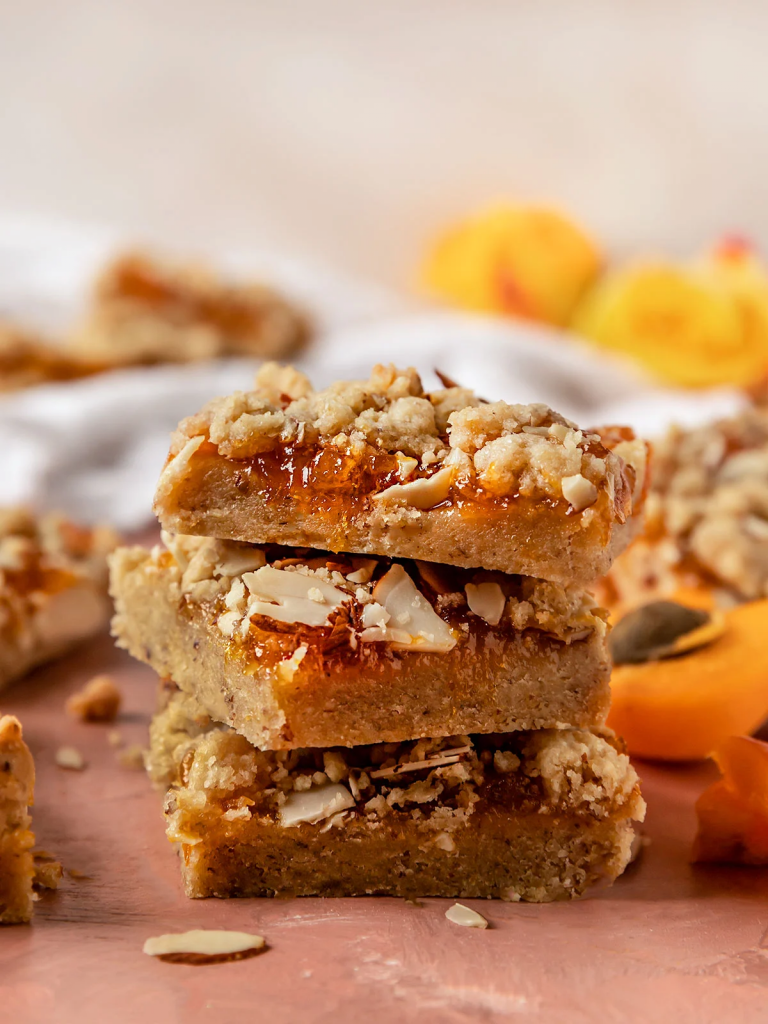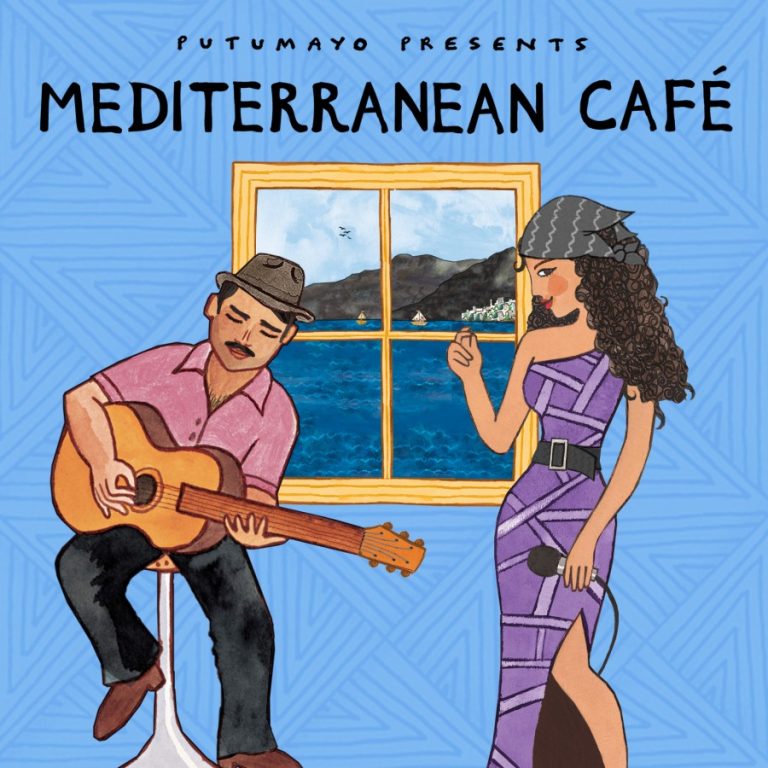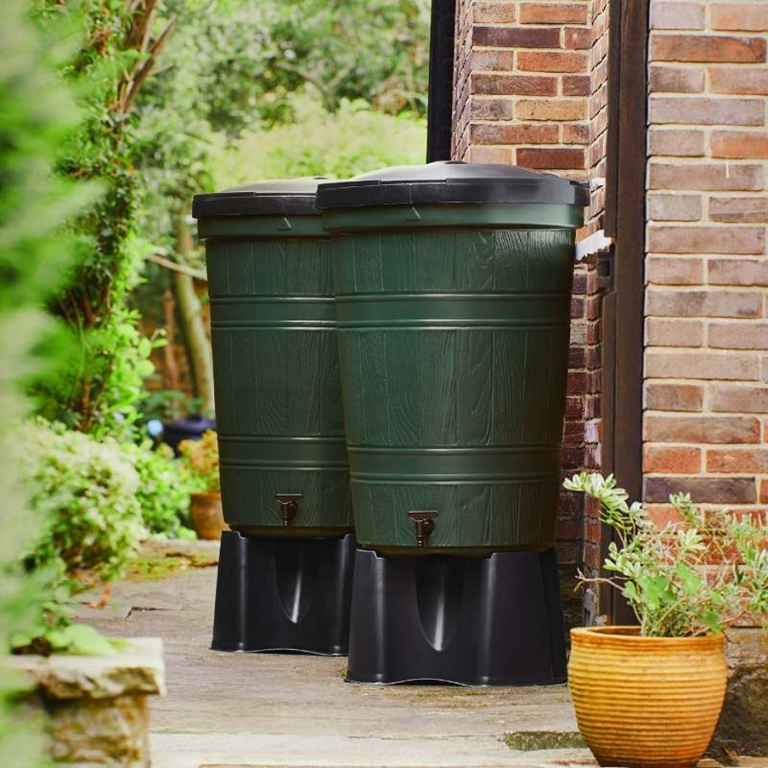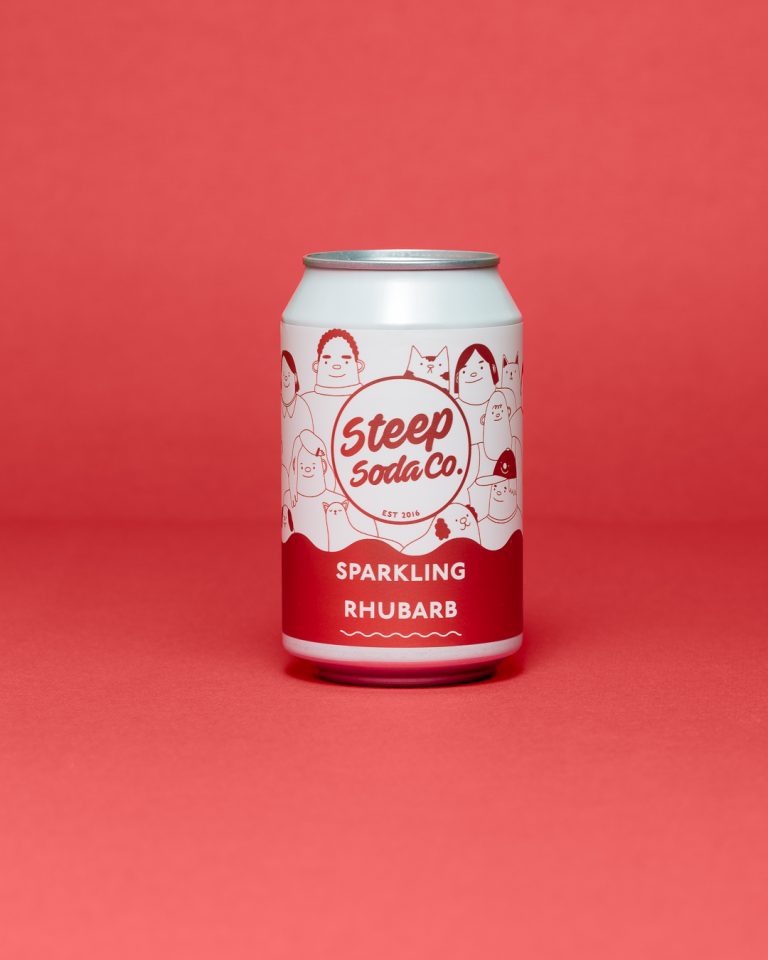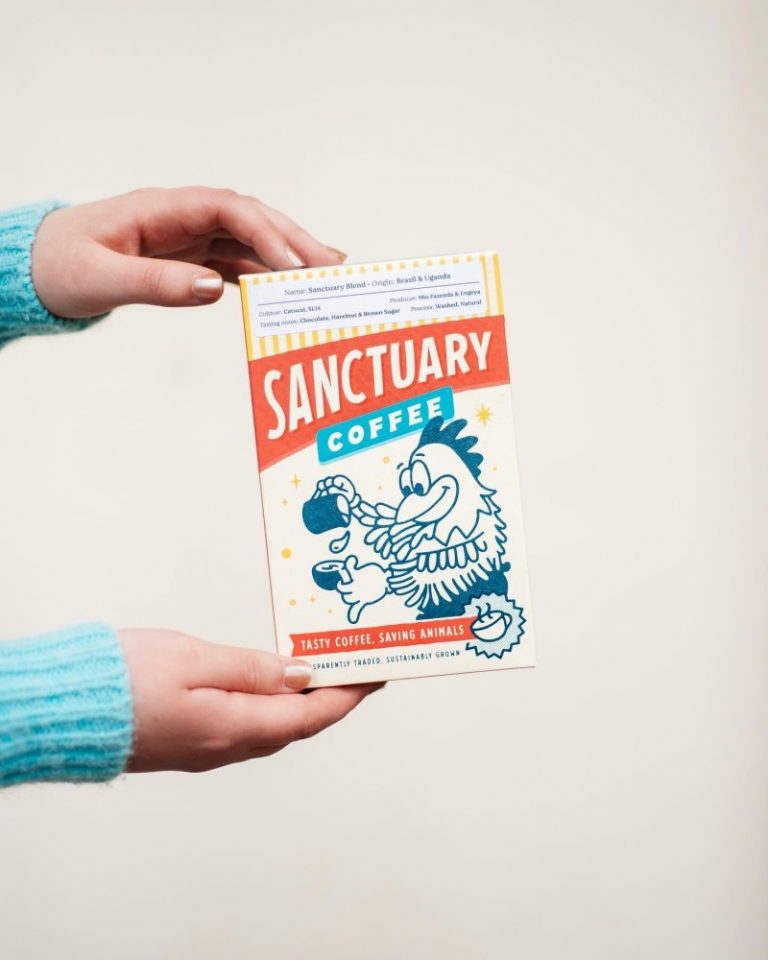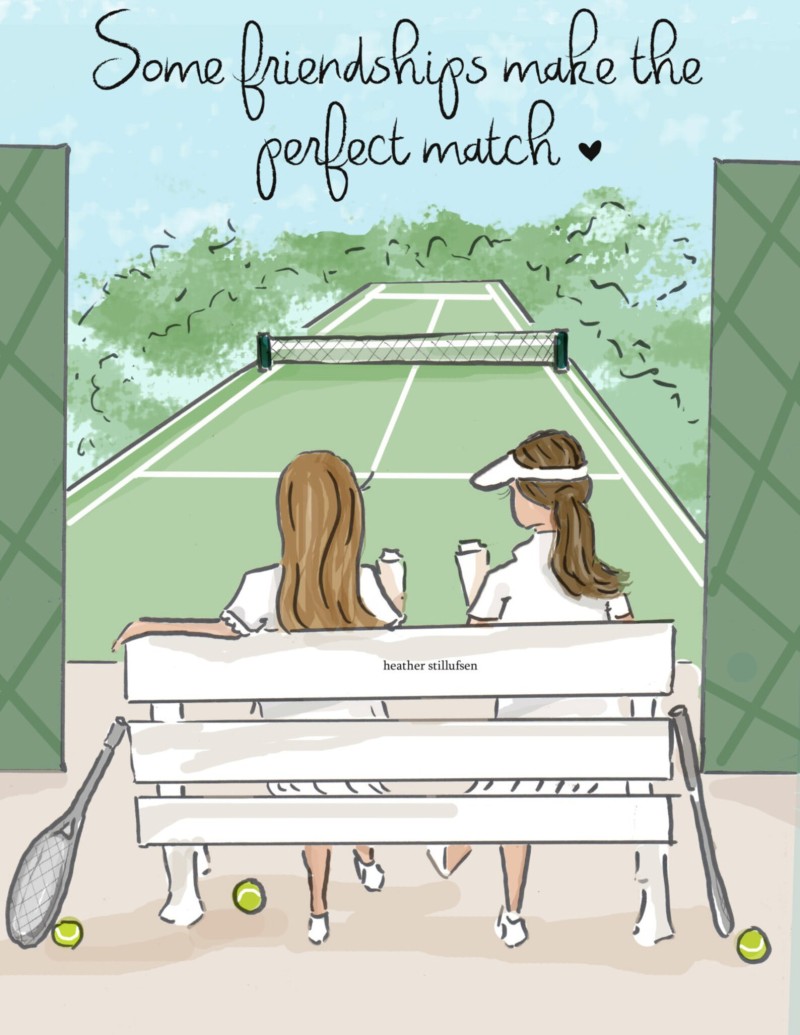
Picture a sunny afternoon at your local tennis court. The thud of racquets and cheers fill the air, but once the match ends, there’s a surprising amount of rubbish left behind. Plastic water bottles, used tennis balls, snack wrappers, and spare packaging all end up in the bin (or worse, on the ground).
People are talking more about how sport affects the environment, and tennis isn’t off the hook. With big tournaments and local matches running every week, the impact is adding up. Fans and players alike now want to know what steps can make the game kinder to the planet.
If you’ve ever wondered about the real cost of courtside snacks or what happens to all those worn-out balls, you’re in the right spot.
Stow Away Nets, to Protect wildlife
Ensure tennis nets are stowed away when not in use (as foxes and hedgehogs can get caught in them). Football nets can be replaced by a more wildlife-friendly goal wall, made from recycled plastic milk bottles!
Bamboo or Recycled Carbon Rackets
Choosing greener rackets saves resources and lowers waste. Brands now design rackets using bamboo or recycled carbon fibre instead of only virgin aluminium or plastic. Here’s what to expect:
Benefits:
- Bamboo regrows fast and absorbs carbon, so it’s a renewable choice.
- Recycled carbon fibre uses old racquets or scrap material, cutting landfill and energy use.
- Many eco-friendly rackets use less paint and skip harsh glues.
Weight and Durability:
- Bamboo rackets tend to be slightly heavier, offering better power but a softer feel.
- Recycled carbon rackets are light and strong, matching performance close to regular models.
- Both types generally withstand regular play if looked after.
Opt for rackets that use natural oils for finishes and skip the flashy plastic packaging.
Lineat has created tennis rackets using reclaimed carbon fibre, to save it from going to landfill. The sports industry is the third biggest user of carbon fibre by volume, after aerospace and wind energy.
Vegan tennis balls and Recycling
Most tennis balls contain wool. So join the campaign to use plant-based tennis balls. Raise money to small charities, by sending used tennis balls for recycling.
Vets say you shouldn’t over-throw balls for dogs (best to let them sniff and explore, to save leg problems later on). The wool on tennis balls is abrasive, so not good for dogs anyway. Go for quality brands of safe (supervised) toys instead).
TerraCycle offers a community recycling box, where for one set fee, everyone can drop of used sports equipment at a local point, to be sent off to be made into other things. You can also recycle yoga mats, skateboards, sports water bottles, cycling accessories, protective sports equipment, skipping ropes, boomerangs and frisbees (never use these on the beach, they can decapitate seals).
Choosing recycled tennis balls, helps to keep new ones from being made with virgin materials. Programs in the UK and Australia collect used balls to support schools or grind them into playground mats.
Vegan tennis shoes: brands and benefits
Tennis shoes are now available with no animal leather and more recycled materials. For players who care about both animal and environmental welfare, this makes every step on court lighter in every sense.
- No animal products mean shoes are planet- and animal-friendly.
- Recycled shoe soles cut down on landfill and oil-based rubber.
- Many vegan models use naturally dyed mesh to reduce chemical run-off.
Organic lawns and water conservation
Use organic lawn care. Yorkshire-made Grazers is a non-toxic alternative to lethal control or pesticides, which makes grass unpalatable to rabbits and other creatures (can also be used for bowling greens and golf courses).
Don’t use where pet rabbits roam, as they won’t be able eat treated grass. And ensure wild rabbits have non-treated (edible) grass nearby.
Keeping tennis courts looking fresh doesn’t have to mean heavy chemicals or water waste. By switching to organic lawn care and clever irrigation, clubs help the soil, the grass, and the local bees.
- Use organic fertilisers made from seaweed, plant compost, or chicken manure. These feed the grass without hard chemicals that sink into streams.
- Set up drip irrigation, which gives just enough water straight to the roots. This avoids wetting the whole court or letting water pool in bad spots.
- Stick to a set mowing schedule that cuts only the top third of the grass. Cutting too short stresses the lawn and wears out soil. Longer grass holds water better and shelters tiny insects.
These simple steps lead to harder-wearing grass, fewer weeds, and less runoff. Healthier lawns even need less upkeep when matches are over.
Organic Strawberries and Vegan Cream!

Nothing says ‘Wimbledon’ more than a bowl of strawberries and cream. But did you know that the strawberries are one of the so-called ‘dirty dozen’ that are usually sprayed with chemicals and pesticides?
Organic strawberries taste so much better too. Try them with The Coconut Collab’s vegan double cream! Made with coconuts, you’d never know as there is no coconut taste. It’s cow-friendly and cholesterol-free. And lovely to dollop on fresh fruits and your favourite desserts.
Carbon emissions from travel and venues
Tennis is global. Top players, their teams, officials, and thousands of fans hop from city to city. Each event brings a wave of cars, taxis, buses, and planes, all burning fuel.
- Players and staff: According to some estimates, professional players and their staff fly over 100,000 miles in a season.
- Fans: Major tournaments like Wimbledon attract more than 500,000 fans, many driving or flying in just for the event.
- Arenas: Large tennis stadiums often use high-powered floodlights, heating, cooling systems, and digital scoreboards. For instance, the average two-week Grand Slam can consume as much electricity as hundreds of households would use in a year.
Cutting down on long-haul flights, switching to renewable energy in venues, and setting up dedicated public transport can make a real difference.
Plastic waste from Tennis Gear
Every tournament relies on loads of plastic-based kit. Tennis balls are at the top of the list. Most balls use felt made from nylon or polyester, which is wrapped around a rubber core. None of this is biodegradable.
- Balls used: A single Grand Slam can use over 55,000 tennis balls.
- Short lifespan: Balls lose their bounce after just a few matches and end up in landfill.
- Gear packaging: Strings, grips, and over-grips come tightly wrapped in plastic, most of which gets tossed straight away.
The trouble is, plastic sticks around for generations. Old balls fill up waste sites, and their microplastics slowly seep into soil and water.
What can help?
- Ball recycling schemes: Some events collect used balls for school PE or animal shelters.
- Alternatives: Companies are developing balls with recyclable or compostable materials, but these are not yet standard.
- Less packaging: There’s growing pressure on brands to cut down on single-use wrappers and develop refill systems.
Impact on local ecosystems
Tennis courts don’t just appear out of thin air. To keep them game-ready, groundskeepers use fertilisers, weedkillers, and lots of water.
- Soil and water impact: Clay courts often need additives to stop them drying out, and grass courts need daily watering and fertilising during busy seasons.
- Chemicals: Some chemicals used to maintain courts can run off into local streams, harming wildlife or affecting drinking water.
- Habitat loss: Building or expanding clubs often means clearing green areas or natural habitats, pushing away birds, bugs, and small animals.
The side effects add up:
- Loss of wild plants and insects near packed urban clubs.
- Change in natural water flow, as hard courts stop rain from soaking into the ground.
- Pesticide traces turning up in ponds near court complexes.
A few clubs now test eco-friendly clay mixes, limit watering, or use plants instead of chemical weedkillers around the perimeter. Simple swaps like these can keep the game fun without stamping on nature.
Conclusion
Tennis is writing a new playbook – one match, one product, one meal at a time. Greener tennis matches don’t lose the love of the game; they add a richer purpose. Every time a recycled racket swings, an eco-friendly ball bounces, or a fan refills their bottle instead of tossing another plastic cup, the sport takes a step toward lasting change.
It’s not just up to organizers or brands. Players can choose sustainable gear; fans can demand green choices at events. Small actions gather speed, and soon enough, tennis traders its wasteful past for a future built on respect – for both the game and the planet. The courts stay just as lively, but with a light touch on the earth for generations to come.
- Use compostable bowls and cutlery. These break down with food scraps, so they won’t clog bins or add to landfill.
- Choose local suppliers for less travel and fresher fruit.
This small change slashes plastic rubbish and makes clean-up much easier. Bowls, napkins, and even wooden forks can all head for the compost bin instead of the skip. Less mess, less waste, and the same sweet taste.
Low-waste catering means:
- Fewer single-use plastics littering stands or blowing away on windy days.
- Cleaner bins with less smell, since food scraps and compostables go together.
- A simple way for fans to join in and feel good about their snack.
Encouraging public transport and bike parking
Cutting car trips is one of the quickest ways for a tennis event to shrink its carbon footprint. Getting more people to ride, pedal, or share lifts instead of driving alone can be easier than you think.
Ideas for a tennis day with fewer cars:
- Discount entry or snacks for fans arriving by bus or train. Flash a travel card or ticket for a small reward.
- Run shuttle buses from busy train stations or park-and-ride sites. Not only does this help the planet, but it also takes the stress out of finding a parking spot.
- Set up secure bike racks near the main gate. Fans can relax, knowing their bikes are safe throughout the match.
- Share details about bus and bike options in every ticket confirmation email and on the club’s website.
Most fans are happy to swap the car for a more social or eco-friendly trip, especially if it saves time or offers a bonus. Little changes like these make match days greener, quieter, and friendlier for everyone.
Some standout examples:
- All England Lawn Tennis Club (Wimbledon): Aims for net zero operational emissions by 2030. Their pledge includes solar panels on the grounds, low-energy lighting, and strict composting rules across food areas. In 2022, they cut landfill rubbish by over 30%.
- Edgbaston Priory Club, Birmingham: Runs a zero waste policy since 2021. Every bit of rubbish gets sorted, and compost or recycling takes centre stage. Single-use plastics are gone from bars and shops.
- Surbiton Tennis Club: Committed to using 100% renewable energy and offers incentives for fans who arrive by bus or bike.
- David Lloyd Clubs (UK-wide): Rolled out a national policy: energy-efficient heating, rainwater tanks, and locally sourced snacks. Many locations have set a carbon neutrality deadline for 2030.
These pledges do more than tick a box—they set a standard other clubs feel pressed to follow. They also spark friendly rivalry to see who can raise their eco-game the highest.
Conclusion
Tennis is more than just a game; it shapes how we treat our local parks, clubs, and even our planet. Every small step, from swapping out single-use plastics to cheering on greener gear, moves the sport toward a brighter future. Next time you head to the courts, pick one idea from this guide and give it a go.
You’ll see just how easy it is to play your part for a cleaner, greener match day. Thanks for reading—share how you’re raising the game, and let’s keep this rally for the environment going.

